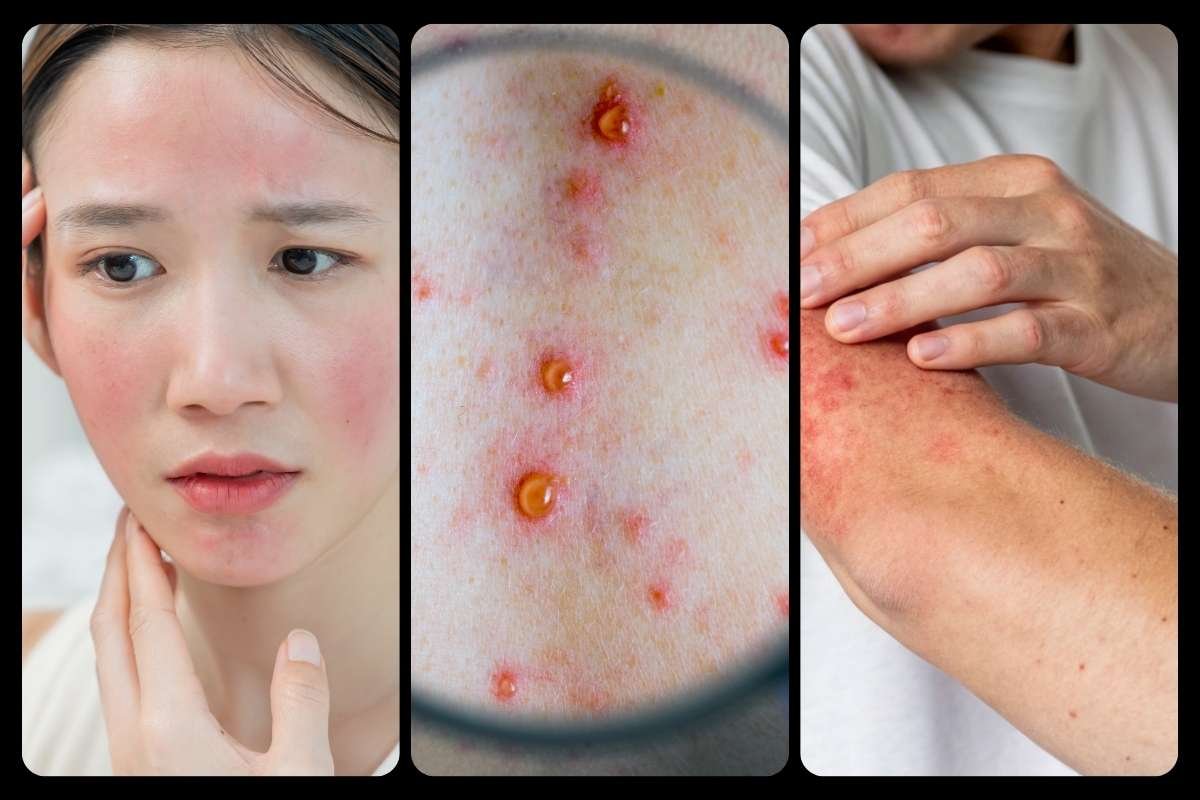Cervical cancer is a type of cancer that develops in the cervix, the lower part of the uterus that connects to the vagina. This type of cancer is primarily caused by the human papillomavirus (HPV), a common sexually transmitted infection. You can reduce your risk of developing it by having screening tests and receiving a vaccine that protects against HPV infection. When it happens, it’s often first treated with surgery to remove the cancer. Other treatments may include medicines to kill the cancer cells. Options might include chemotherapy and targeted therapy medicines. Radiation therapy with powerful energy beams also may be used. Sometimes treatment combines radiation with low-dose chemotherapy.
In this article, we will understand its symptoms, causes, prevention measures, and Effective treatment.
Symptoms
Early stages of cervical cancer often do not show symptoms. As the cancer progresses, symptoms may include:
- Abnormal vaginal bleeding: Bleeding between periods, after intercourse, or after menopause.
- Pelvic pain: Pain during intercourse or at other times.
- Unusual vaginal discharge: Watery, bloody, or foul-smelling discharge.
Causes
The primary cause of cervical cancer is HPV infection. HPV is a group of related viruses, some of which are considered high-risk due to their link to cancer. Other factors that may increase the risk of this cancer include:
- Smoking: It Increases the risk and severity
- Weak immune system: People with weakened immune systems, such as those with HIV/AIDS, are at higher risk.
- Chlamydia infection: A history of chlamydia infection may increase the risk.
Diagnosis and Screening
Regular screening tests, such as the Pap test (Pap smear) and HPV test, can detect cervical cell changes before they become cancerous. Early detection through screening greatly increases the chances of successful treatment. Diagnostic procedures may include colposcopy, biopsy, and imaging tests to determine the extent of cancer.
Treatment Options
Treatment for cervical cancer depends on several factors, including the stage of cancer, overall health, and personal preferences. Treatment options may include:
- Surgery: Removal of the cancerous tissue, the cervix, or the uterus (hysterectomy).
- Radiation therapy: Using high-energy rays to kill cancer cells.
- Chemotherapy: Using drugs to kill cancer cells or stop their growth.

Prevention Strategies
Preventing cervical cancer involves reducing the risk of HPV infection and undergoing regular screening. Key prevention strategies include:
- HPV Vaccination: Vaccines are available to protect against the types of HPV that most commonly cause cervical cancer.
- Regular Screening: Pap tests and HPV tests help detect abnormal cell changes early.
- Safe Sexual Practices: Using condoms and limiting sexual partners can reduce the risk of HPV infection.
- Smoking Cessation: Quitting smoking reduces the risk of cervical cancer and other serious health conditions.
Misconceptions
There are several prevalent myths about the disease. One myth is that vaccination causes infertility. There is no scientific evidence to support this myth.
- Some people don’t like to discuss sexual and reproductive matters openly.
- There’s a misconception that vaccination is only necessary for promiscuous women, which isn’t true.
- Past experiences of medical exploitation fuel mistrust in healthcare systems, and skepticism about vaccination campaigns and screening.
- Embarrassment is a major barrier to screening, alongside fatalism regarding diagnosis, fear of test results and the stigma associated with a cervical cancer diagnosis.
Impact and Statistics
This cancer remains a major health challenge despite advances in prevention and treatment. Globally, it is the fourth most common cancer in women, with over 600,000 new cases and more than 300,000 deaths each year. The burden of cervical cancer is higher in low- and middle-income countries due to limited access to screening and vaccination programs.
Living with Cervical Cancer
For those diagnosed with cervical cancer, managing the disease involves not just medical treatment but also emotional and psychological support. Key aspects include:
- Support Groups: Joining support groups can provide emotional support and practical advice from others who are going through similar experiences.
- Healthy Lifestyle: Maintaining a healthy diet, staying active, and avoiding tobacco and alcohol can help improve overall health and treatment outcomes.
- Mental Health: Seeking counseling or therapy can help cope with the stress, anxiety, and depression that may accompany a cancer diagnosis.
- Palliative Care: For advanced cases, palliative care focuses on relieving symptoms and improving quality of life rather than curing the disease.
Conclusion
Eradicating cervical cancer can be achieved through collaboration between various cancer communities, healthcare providers, international organizations, and governments. Community education campaigns with culturally sensitive messaging can help to spread awareness amongst people and reduce the spread of this cancer. Integrating vaccination services into existing healthcare initiatives encourages routine childhood vaccinations. It also helps to reduce myths about the HPV vaccine. Taking preventive measures, and having the knowledge of different treatment options as mentioned in this article can also reduce this cancer at early stages and increase the chances of survival.
Taking precautions and effective treatment at early stages is helpful and will increase the chances of survival.







